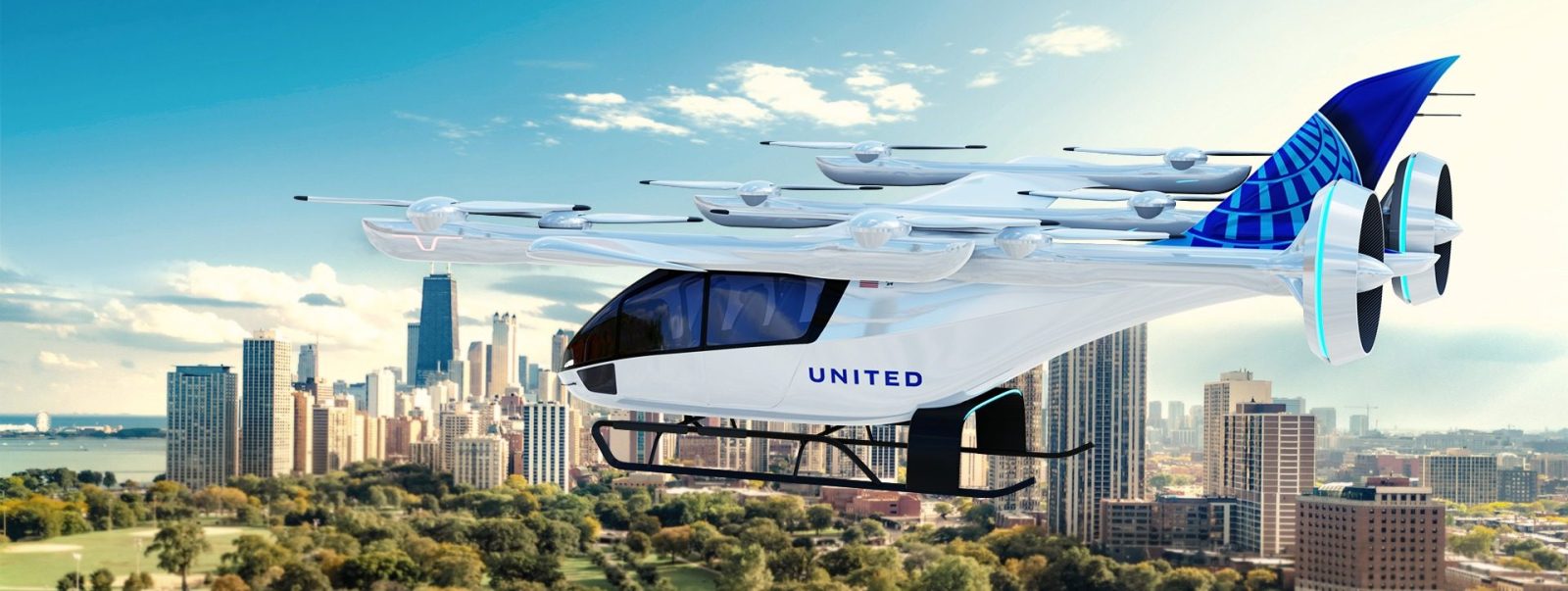
Among the first pieces of legislation introduced to the new Congress is a bill calling for an Office of Advanced Aviation to be created within the Federal Aviation Administration (FAA), which would coordinate regulation of craft, pilot training, air traffic systems, and other considerations particular to next-generation vehicles that will be providing air taxi and other services.
The bill, HR 220, or the Advanced Aviation Act, seeks to “establish the Office of Advanced Aviation within the Administration of the Federal Aviation Administration, and for other purposes,” and thereby place responsibility with overseeing the full range of consideration in future services and craft within a specialized section of the FAA.
Read: FAA and South Korea’s KOCA partner on AAM regulation drafting
New Jersey Republican Jim Van Drew introduced the text last week, and wants to have it passed as an advanced aviation attachment to recurring FAA reauthorization legislation that Congress must approve by the end of September.
First reported by Bloomberg Government, Van Drew’s advanced aviation legislation was tabled amid continuing political and passenger anger over severely disrupted air traffic due to extreme weather between Christmas and New Year’s; and last week’s temporary halt of takeoffs due to the crash of the FAA’s Notice to Air Missions system.
Van Drew acknowledged to the agency that the timing of the bill’s introduction enjoyed “unfortunately really good timing when you see what happened with the recent air traffic control just complete breakdown.”
Van Drew’s broader criticism of the FAA has in part focused on the agency’s difficulty keeping legacy air traffic flowing without incident, as it struggles to update current operating systems to deal with more planes in the air, complications created by new tech evolutions, as well as unexpected developments or events.
But his advanced aviation initiative also echoes wider skepticism that the tradition- and bureaucracy-bound FAA can swiftly rise to the challenge of overseeing emerging electrical takeoff and landing aircraft that will soon be proliferating overhead as air taxis and regional passenger transportation providers.
Therefore, he wants a new office within the administration to take over preparations for and regulation of those craft and operations, and in so doing act as a more effective communicator and partner for the diverse activities and actors that will make up advanced air mobility soon.
Central to that is the morphing of the FAA’s NextGen section – which is assigned with continually updating air traffic systems to keep pace with new technology – into the Office of Advance Aviation. It would be tasked with managing a massive, transversal terrain covering certification, regulation, and operational details of all aspects of next-generation planes – from propulsion trains to communications systems – whether they’re drones, urban air mobility vehicles, or future electric jets.
According to the bill, it would also:
Coordinate workforce planning across relevant offices of the Administration to –
(A) hire and recruit personnel to – (i) research, develop, test, and evaluate advanced aviation systems; and (ii) process applications related to advanced aviation systems in a timely manner.
Given the severe divisions of this Congress – and increasing dysfunctionality of the US legislative system generally – it’s far from clear whether even the ambient anger at the FAA over recent travel problems will suffice to elevate the advanced aviation bill into law later this year.
Read: AAM coordination and leadership law signed to orchestrate next-generation air mobility
Whether that happens or not, it seems certain the regulator is going to have to somehow raise its game – and with increasing alacrity – if the US is to have rules, infrastructure, and systems in place by the time makers of air taxis are ready to take to the skies.
FTC: We use income earning auto affiliate links. More.




Comments